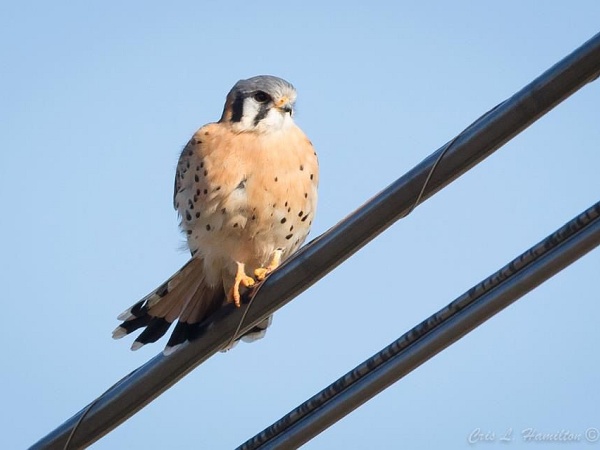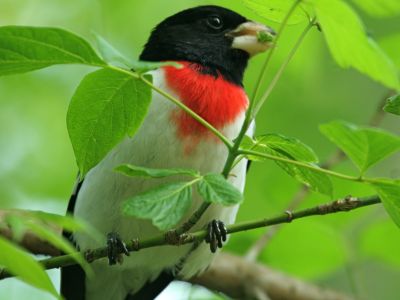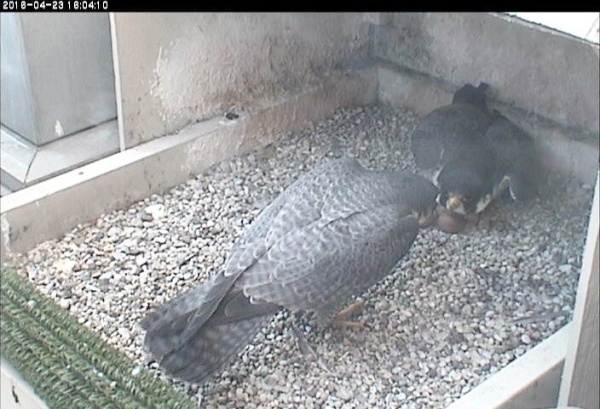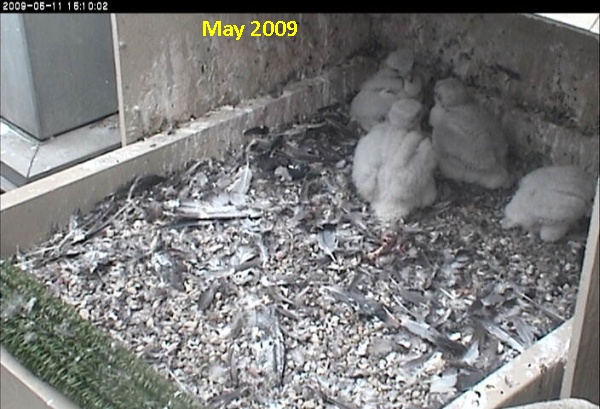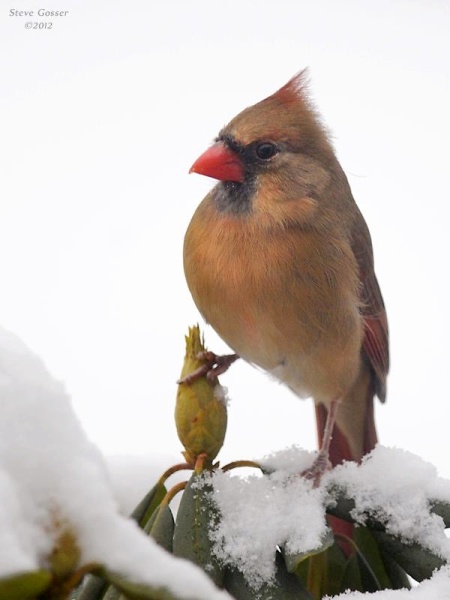
Every morning we awake to birdsong now. All the singers are male … right? Well, not really.
When I took a class on birdsong years ago I learned that female birds don’t sing. This information came from centuries of bird observations made in Europe and North America. Charles Darwin even used it to describe how song evolved in male birds to attract mates and compete for territory.
But in 2014 that “fact” was turned upside down. 71% of female songbirds do sing. It’s just that most of them are tropical species. No one had studied birdsong worldwide until a team lead by Karan Odom of University of Maryland, Baltimore County published their findings in Nature Communications in March 2014.
It’s true that almost all the singing birds in North America are male, but there are some exceptions.
Did you know that female northern cardinals (Cardinalis cardinalis) sing and they’re just as good at it as the males?
I was reminded of this last week when a female flew into a tree just over my head and sang a long sustained vibrato even faster than this:
Cardinal couples countersing to synchronize their pair bond. Yesterday in Schenley Park I saw a female sing a phrase several times, then her mate matched it.
So when you hear a cardinal singing, take the time to find the singer. It may be a lady!
p.s. Female rose-breasted grosbeaks (Pheucticus ludovicianus) and black-headed grosbeaks (Pheucticus melanocephalus) sing, too. They’re in the Cardinal Family.
(photo by Steve Gosser)
